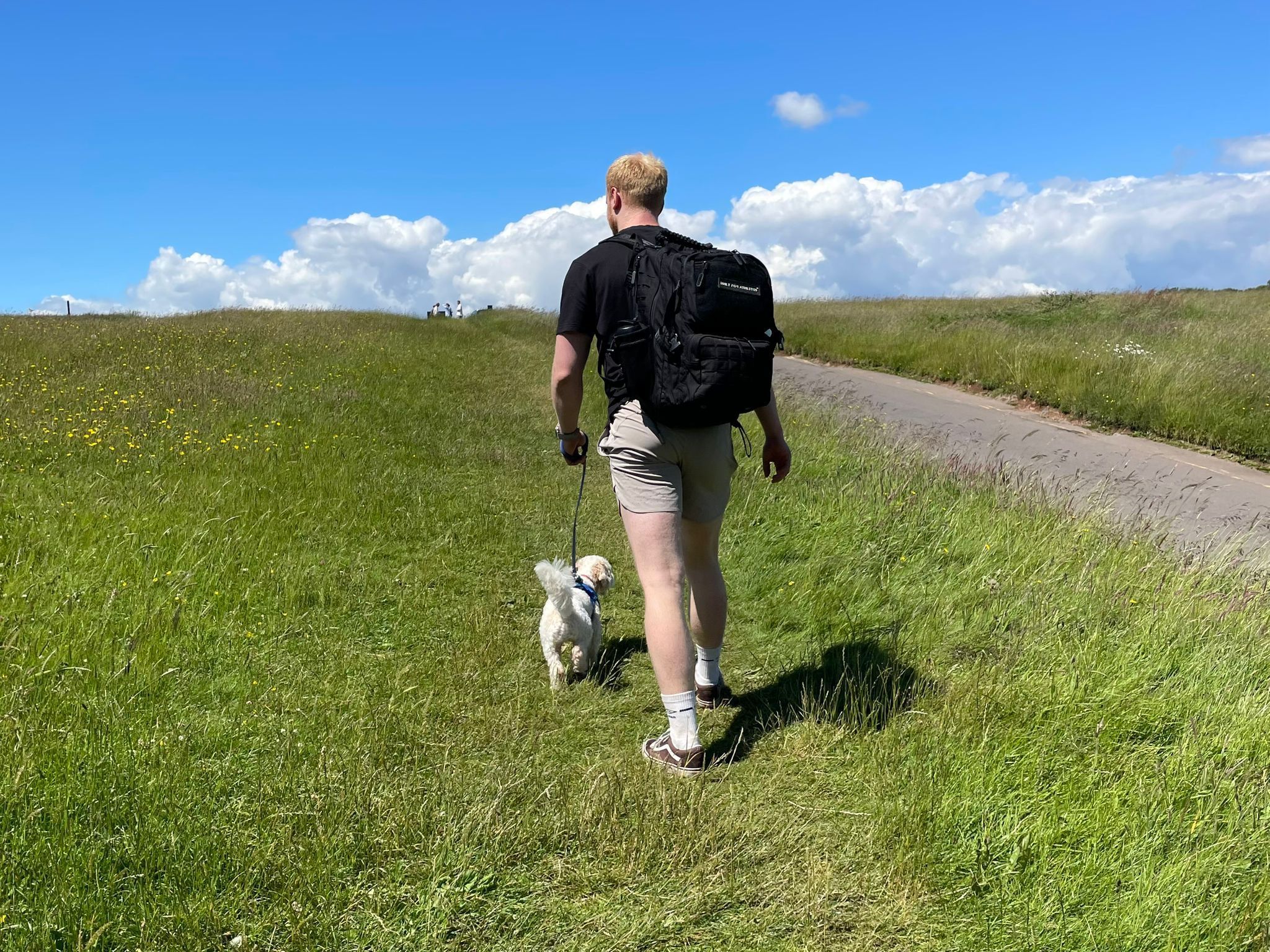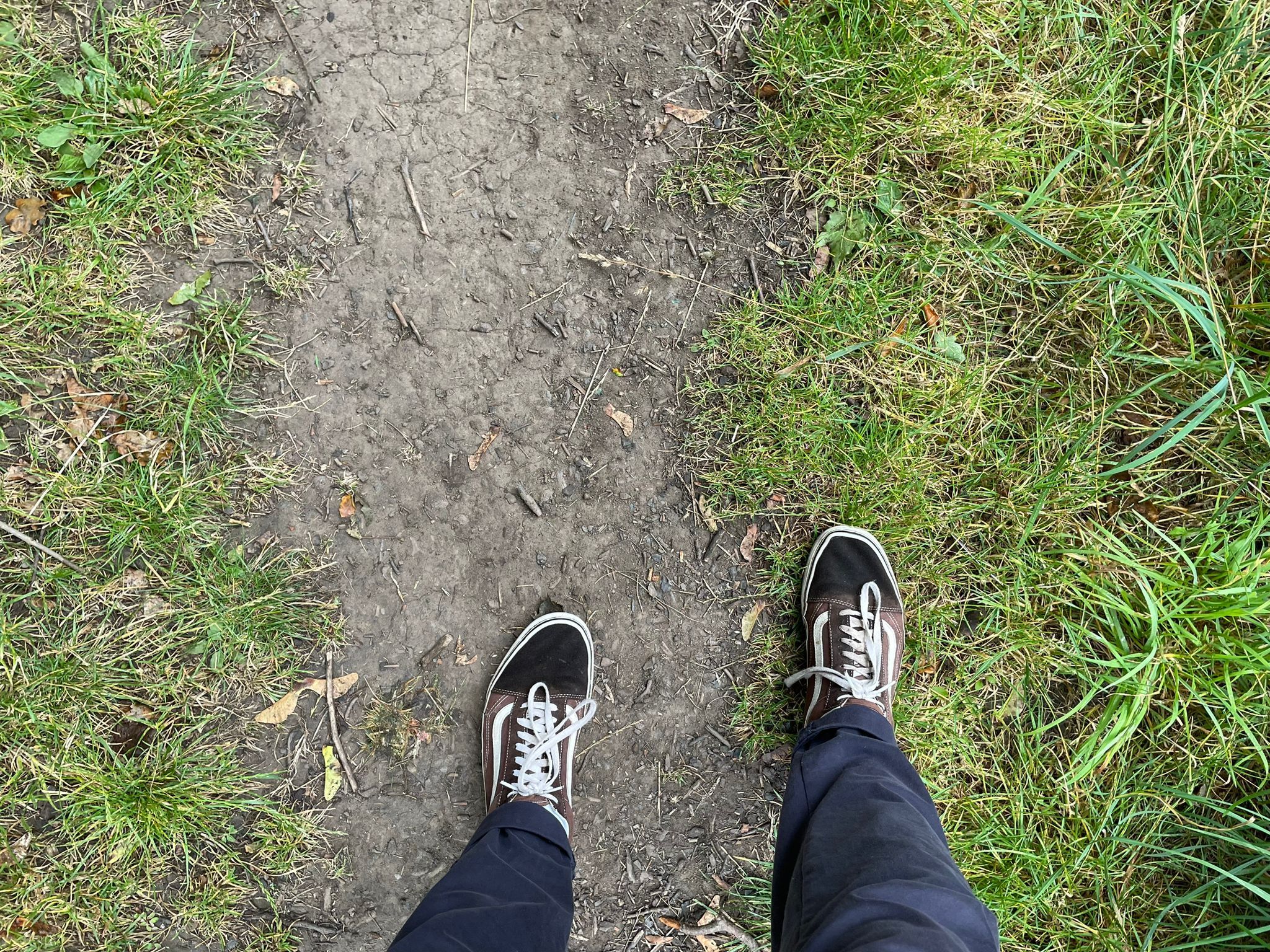I’ve walked 10,000 steps a day for two years – these five benefits have persuaded me to keep it up
After two years of walking 10,000 steps per day, I’ll never go back

Your support helps us to tell the story
From reproductive rights to climate change to Big Tech, The Independent is on the ground when the story is developing. Whether it's investigating the financials of Elon Musk's pro-Trump PAC or producing our latest documentary, 'The A Word', which shines a light on the American women fighting for reproductive rights, we know how important it is to parse out the facts from the messaging.
At such a critical moment in US history, we need reporters on the ground. Your donation allows us to keep sending journalists to speak to both sides of the story.
The Independent is trusted by Americans across the entire political spectrum. And unlike many other quality news outlets, we choose not to lock Americans out of our reporting and analysis with paywalls. We believe quality journalism should be available to everyone, paid for by those who can afford it.
Your support makes all the difference.In my eyes, walking is one of the most overlooked forms of exercise. But its innocuousness is the very reason it can unlock impressive benefits for the majority of people.
Walking is accessible, enjoyable and low-impact, but still boasts a bunch of health perks. These range from improving fitness and weight management to less expected effects like boosting your mood and emotional health. As someone who’s walked at least 10,000 steps a day for more than two years now, according to the health app on my phone, it’s the benefits in the latter camp that persuaded me to keep the habit going.
But why 10,000? Anyone with access to Google can see this fitness goal stems from a 1960s Japanese pedometer called the manpo-kei (which roughly translates as “10,000-step metre”). Following a 2023 study, the University of Granada claimed the figure has “no scientific basis” and it instead identified 8,000 steps per day as the sweet spot for “significantly reducing the risk of premature death”. Yet, I’ve found 10,000 works for me. Here’s why.
Five reasons why I walk 10,000 steps per day
It improves my mood
Why does anyone form a habit? Usually because it serves a purpose, or because you enjoy it. And for me, walking ticks both boxes.
When I’m working from home, a quick lunchtime loop of the park never fails to send my mood skyward, while an evening jaunt with my dog remains my favourite way to unwind. As someone who grew up in the countryside, there are bonus feel-good points on offer if the walk is somewhere green.
Research seems to support this. A 2020 study published in the International Journal of Environmental Research and Public Health concluded that regular walkers “had better emotional health than those who did not exercise regularly”.
“The average number of walks per week was significantly and positively associated with emotional health, however, the average walk duration had no significant impact on the emotional health of respondents,” it adds.
This goes some way to showing that you don’t need to take 10,000 steps to enjoy walking’s myriad perks, but I’ve found this number is a good fit for my lifestyle. It reminds me to take regular breaks from my desk during the work day and correlates with spending an amount of time outside capable of keeping my happiness at a premium. On the flip side, if I’m feeling a bit sluggish in the afternoon, a glance at my smartwatch inevitably tells me I’m falling short of this goal.

It doesn’t have to be a big commitment
Only a small portion of my daily steps usually come from long, formal walks. Instead, I tally them up gradually throughout the day, with a few simple behaviour changes – trading escalators for stairs, for example.
Another tip I picked up during a recent interview with sports scientist and WalkActive founder Joanna Hall was to identify a place you often find yourself, then plan a five-, 10- and 15-minute out-and-back route you can do from that spot. That way, whenever I’m at a loss during my lunch break or stuck waiting somewhere, I can squeeze in a quick walk and feel all the better for it.

It’s accessible
I watched a fitness influencer get ready for a run on Instagram the other day and, between the energy gels, sunglasses, specialist vest and other running paraphernalia, it looked like a military operation. And I’m all for that – if you’re passionate about something, why not throw the kitchen sink at it?
But for busy individuals seeking a time-savvy way to add movement into their day, walking could be a more accessible solution: simply lace up your shoes and leave the house.
Unlike the gym, there’s no commute to factor in, nor are there any membership fees to worry about, but you’re still getting your fitness fix. The NHS recommends adults aged 19-64 do at least 150 minutes of moderate-intensity activity per week, so one brisk 20-minute walk per day leaves you just 10 minutes short of this target. The pay-off is impressive too.
“People who exercise regularly have a lower risk of developing many long-term conditions such as heart disease, type 2 diabetes, stroke and some cancers,” the NHS reports. “Research shows that physical activity can also boost self-esteem, mood, sleep quality and energy, as well as reducing your risk of stress, clinical depression, dementia and Alzheimer’s disease.”
All the more reason to lace up those trainers.

It’s enjoyable, approachable and flexible
How many times have you heard someone say they “have” to go for a run or commit to a HIIT session? People feel they need to sweat and suffer for a workout to count, but exercise is hardly going to become a habit if you hate every second of it, and the workout you consistently do is always going to be more effective than the one you consistently don’t.
I think walking has something to offer everyone because it’s more approachable than other types of exercise, and there are so many different ways to make it enjoyable. You could meet friends for a social stroll, explore somewhere new on foot or pair your walk with a podcast to keep things interesting.
My favourite approach is to turn to Google for a new, interesting spot near me, then go and have a mosey around. I’ve uncovered plenty of hidden gems this way, and I’m always surprised by the amount of ground I’ve covered when I take a peek at my Apple Watch afterwards.

It can improve your health and fitness
The physical benefits of walking are well-documented, particularly for those newer to exercise. Walking puts the large muscles in your legs to work, and these muscles need oxygen to fuel their efforts, so your heart rate rises to meet the increased demand. Regularly raising your heart rate through cardio exercise can improve your heart health, burn calories and boost your cardiovascular fitness (your body’s ability to take in and use oxygen).
The real-world benefits are plain to see. Whether you’re running around with your children or chasing down a bus, improved cardiovascular fitness will make these activities feel significantly easier. It also reduces your risk of heart disease and many other chronic conditions.
If you sit at a desk all day, taking regular movement breaks can keep you feeling loose and fend off related impacts such as tight hips and lower back pain.
Walking can be a handy weight loss tool too, if that’s your goal. A calorie deficit (burning more calories than you consume) is the common denominator behind weight loss, and walking increases energy expenditure to boost the calorie burn. Paired with an appropriate diet, this can be used to create a sustainable calorie deficit and lose weight.
Experienced exercisers may need more intense activities to spark an increase in cardiovascular fitness, as they will already have a good base level. Research also points towards a “brisk walk”, rather than an amble, being needed to see some fitness benefits.
A 2018 study published in the British Journal of Sports Medicine found a cadence of 100 or more steps per minute was linked to “absolutely defined moderate-intensity”, tying into the NHS’ weekly physical activity guidelines of “at least 150 minutes of moderate-intensity activity”.

The verdict: Should you walk 10,000 steps a day?
“Doing some physical activity is better than doing none,” is the official line from the World Health Organisation. If walking allows you to introduce some exercise into your week where you would otherwise have none, or you’re able to ramp up your existing activity levels, chances are it’s going to do you a lot of good.
But that doesn’t mean you need to walk 10,000 steps a day. Instead, try finding an achievable goal that’s slightly higher than your current step count, stick with it and then experiment with increasing this figure if it feels good.
For all my waxing lyrical about walking’s many plus points, I’d also recommend adding more variety to your exercise plans if you have time – variety is, reputedly, the spice of life after all.
Strength training in particular offers impressive bang for your buck, doing exactly what it says on the tin by strengthening your bones, muscles and joints. It also improves your mobility, helping you handle everyday tasks with ease and lowering your risk of injury.
Lifting weights is something I love to do, along with any number of other activities from gymnastics to football to padel – as a fitness writer, inhaling exercise in all its forms sort of comes with the territory. Yet, I always come back to walking. For me, the mental health benefits are hard to beat, and I find it’s a great way to slow down and gather my thoughts. My three-year-old pup Archie might have something to say if I suddenly stopped, too.



